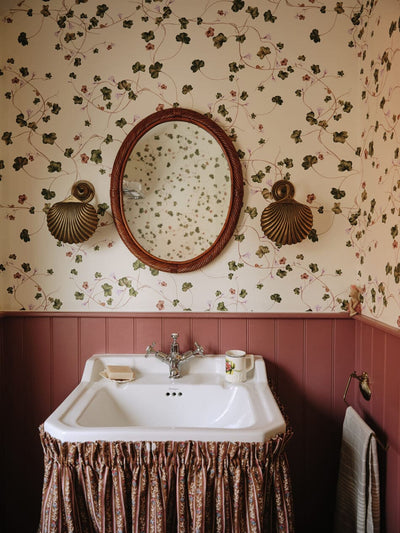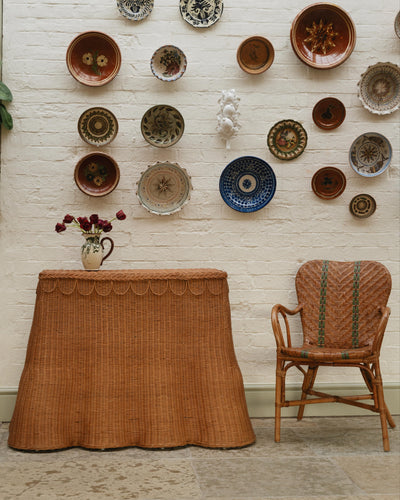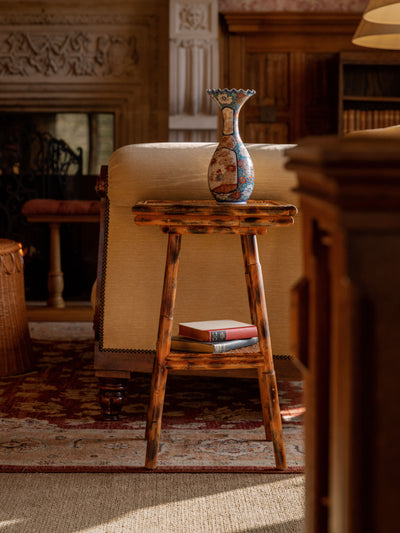Home renovations can be life-changingly amazing, or a headache. Having done two in the last three years, I learned a lot! Here's how to plan your makeover carefully, to avoid any expensive mistakes or delays.
1) Budget or Fudge it.
It's important to set a realistic budget so that you don't go overboard. Begin a list including the costs you're willing to spend on paints, wallpaper, curtains, furniture, accessories, labour - and of course, try to pad in a little extra cash for unforeseen additions. I have yet to meet a makeover that didn't go over budget when either the plumber found pipes that need replacing, the painter needed twice as long, or you just fall in love with the most expensive option at the kitchen showroom ...
2) Shop Around.
Don't sign up with the first painter and decorator you find: ask a handful to visit and provide quotes for the timing and cost. Always check their reviews online, never pay them everything upfront, and wherever possible, ask for previous clients' information and give them a call. Due diligence at the start will be the smartest decision you make.
3) Make a Moodboard.
Get those creative juices flowing! I love to create boards on Pinterest to help me narrow down my ideas. You can explore what style of room you would prefer and the types of furniture, colour palette and accessories you would want to incorporate. A quick tip: If you really like an image, click on it and scroll down to see recommendations similar to your picture. Take a look at my 'What's inspiring me' board to get started.
4) Swatches and Samples.
Collect a bunch of fabric swatches and sample pots. Each time we move house, I paint pieces of paper with each sample pot, and lay them out next to swatches, ornaments, art, wooden floor samples, the corner of a rug, the edge of a hearth, lampshade. It looks like a room threw up at first, then I slowly detract items until I've got my dream color scheme in front of me on the floor. It all begins to make sense, and I gradually visualise the entire room. I take lots of photos to remember the items together, and work from there.
5) Create a Floor Plan... Properly!
Next, organise these ideas into a floor plan. 'Room Styler' and 'Plan your room' are great sites to help you do this in a professional manner. Keep moving around objects until you're happy with the digital vision, and take into account where the natural light will hit, and where you might need to add plug sockets or picture lights.
6) Declutter.
Bringing new items into a home means you should technically get rid of an equal amount, too. Once I've reused and repurposed items from other rooms - which is fun by the way - it's time to let go. List the rejects on Facebook Marketplace, Depop, Gumtree, Letgo, Vinted or Ebay, hopefully you'll earn a little bonus to fund your first dinner party in the new space.




































